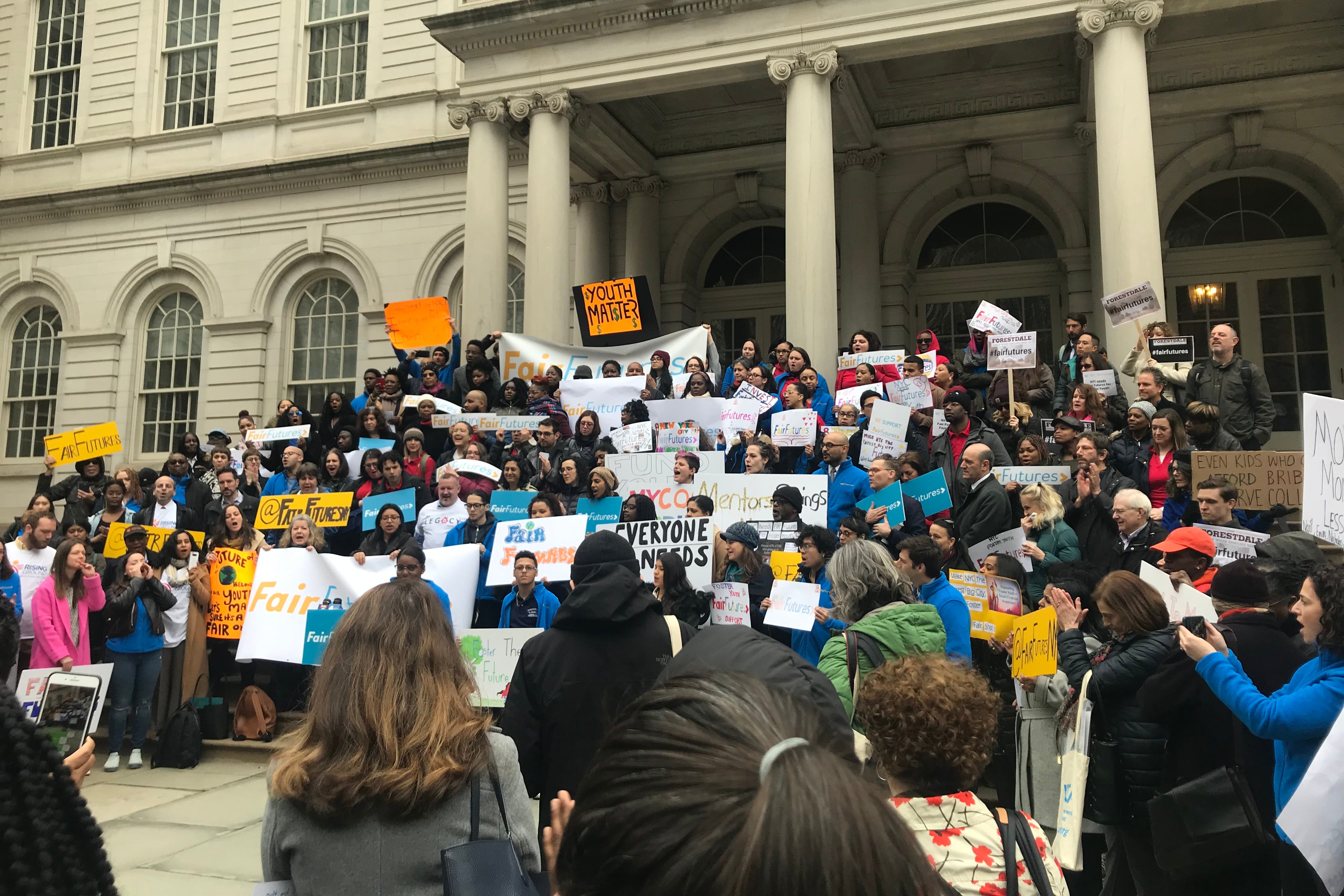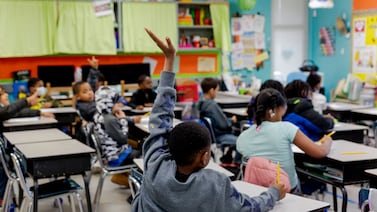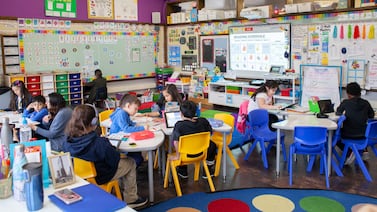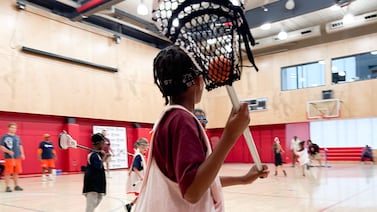Three dozen advocacy and child welfare organizations are asking Mayor Bill de Blasio to pump $6.5 million into support and services for students in foster care, in time for next school year.
The organizations want two things: a new office within the education department to create policy and provide support for the nearly 5,900 city students in foster care and guaranteed busing for students in foster care who need it.
“This group — we absolutely need to not waste one more minute,” said Brenda Triplett, educational director at Children’s Aid, one of more than two dozen city agencies that place children in foster care homes. “We have to recognize that they are there and recognize the needs.”
In a letter sent Tuesday to the mayor and schools Chancellor Meisha Porter, the groups argue that these students, who make up 1% of all students and are among the most vulnerable, need new investments because they face steep disparities in the classroom. Just 42% of students in foster care graduated last school year — the lowest of any student subgroup — while 79% of their non-fostered peers earned diplomas, state data show. A city report from 2018 found that one-fifth of students in foster care had to repeat a grade in 2015, versus just 6% of students citywide.
They’re asking city officials to include these requests in the budget for the next fiscal year, which begins July 1. Similar requests made last year by more than 20 advocacy and legal groups were unsuccessful.
City Hall and City Council are negotiating over the mayor’s proposed budget, which does not include specific new support for students in foster care. De Blasio wants to boost education department spending by more than $2 billion, including more money for individual schools and a vague $500 million program to help students catch up academically.
Once a child is placed in a foster home, schools often don’t know whom to invite to parent-teacher conferences, who can make special education decisions, or “whether the school can share information with the student’s parent or foster care agency,” the letter said. The organizations believe that $1.5 million could establish a new, seven-person office — two people at the central level focusing on policy, plus one person in each borough as a contact for individual schools — to provide extra support and answer questions for students and their families, while also helping schools’ staffers and providing training or workshops on how to help these students.
In 2018, a city task force recommended the education department “explore” ways to create a team of borough-based staff that schools could lean on for help with individual cases and professional development.
Department officials said there are staffers across every level of the education department who, as part of their regular responsibilities, provide support for students in foster care and act as points of contact for child welfare agencies. That includes liaisons at every school and directors of student services in each borough. The letter notes that these staffers are juggling multiple responsibilities.
Erika Palmer, an attorney with Advocates for Children who focuses on foster care, said these liaisons are existing school staff, such as an assistant principal. She’s heard about school-based liaisons who proactively reach out to families and agencies, while other schools have liaisons who don’t know that they’re this special point of contact.
Before this school year, Triplett’s agency called the foster homes of about 450 children to tell them that birth parents — not the foster parents — have the right to decide whether their children should participate in hybrid learning, unless their rights have been terminated by a court. They found that some schools were not aware of this, while many birth parents didn’t know there was a survey to fill out online. (The agency and Administration for Children’s Services would step in to mediate if there was a conflict between what the foster parent and birth parent wanted.)
“If there were an office, this would have been thought out ahead of time,” Triplett said.
The letter also asks for $5 million to guarantee that children who don’t have busing should get it. The organizations argue transportation will be crucial in getting these students to school next year, as many of them will be returning to a school building for the first time since March 2020.
Students in foster care may have to move to homes far from their school, but federal and state law requires that districts provide transportation to their home school. All students in foster care are eligible for free transportation, but the education department guarantees busing only to those students whose individualized education programs — which are created for students with disabilities — require transportation, the letter noted. The department allows other students to apply for busing, but the letter argues that the requests sometimes take weeks or months to process, “putting tremendous stress on already fragile foster care placements and over-extended agency staff in the meantime.”
Sometimes those requests are denied, and those students instead will get MetroCards. But taking the subway alone may not be a feasible option for very young students, Triplett said. Palmer estimates that between 300-400 of these students need busing who don’t already receive it.
Sometimes foster parents can’t pick up and drop off children, or ride the train with them, so agency officials will take that on, she said.
“These students are abruptly dropped into an unfamiliar environment with new teachers, peers, and curricula at the same time as they are coping with the trauma of separation from their family and community,” the letter said. “Without guaranteed transportation, foster care agencies have had difficulty finding homes for some children and have had to move other children from one home to another.”
Nathaniel Styer, a spokesperson for the education department, pointed to the various staffers whose responsibilities include students in foster care.
“We deeply appreciate Advocates for Children for their advocacy on behalf of this student population and we will review this proposal and continue to support our students in foster care,” Styer said in a statement.






